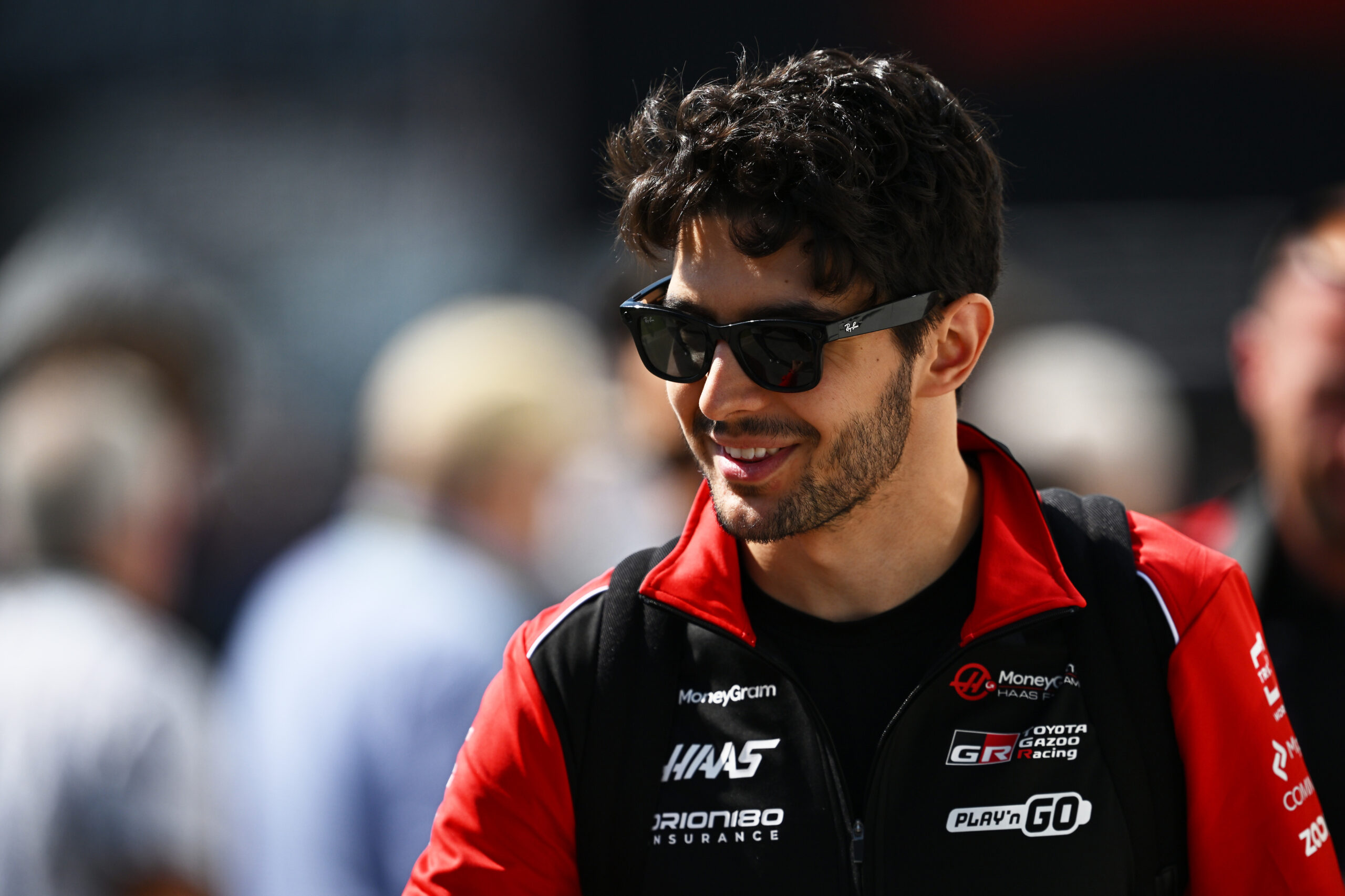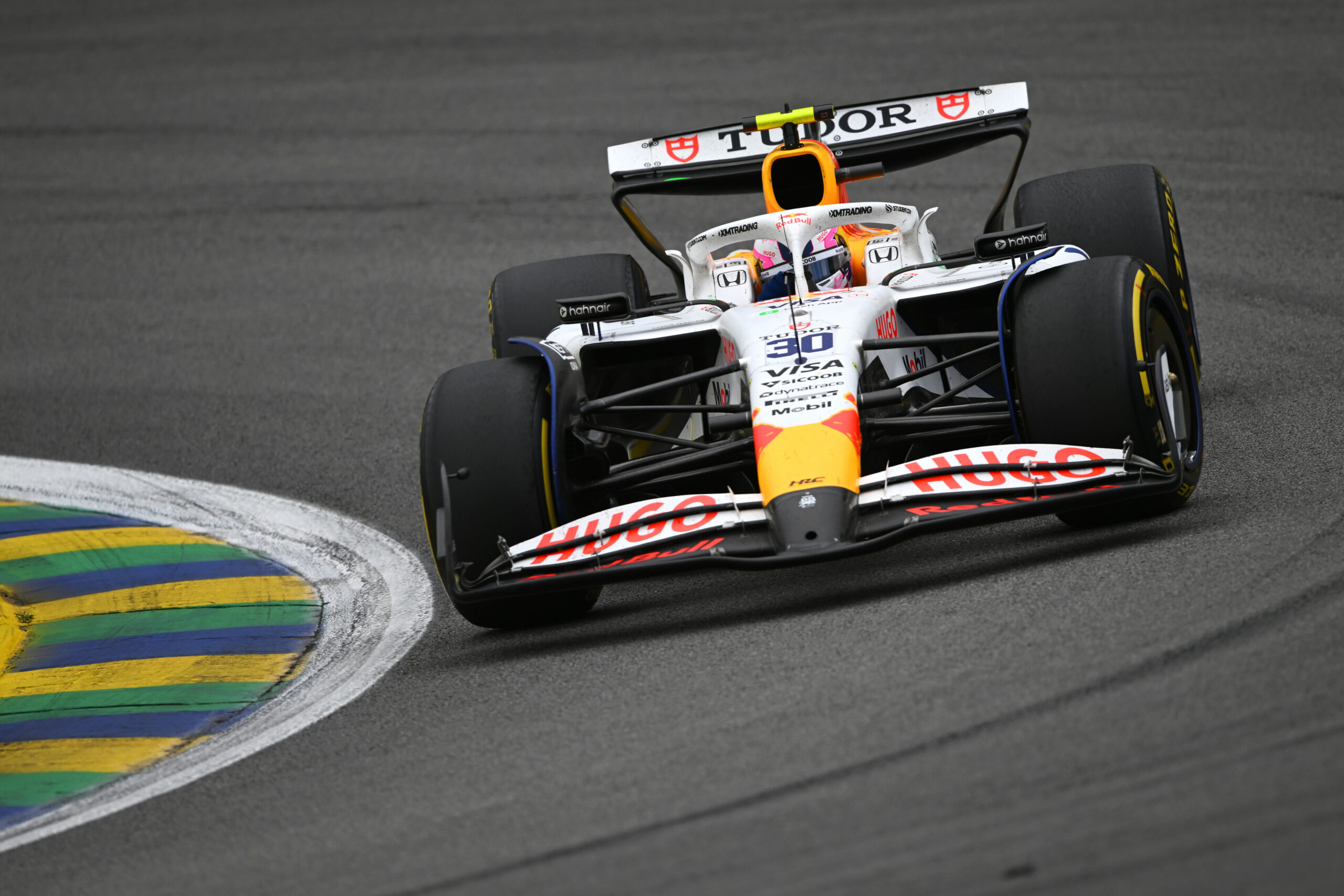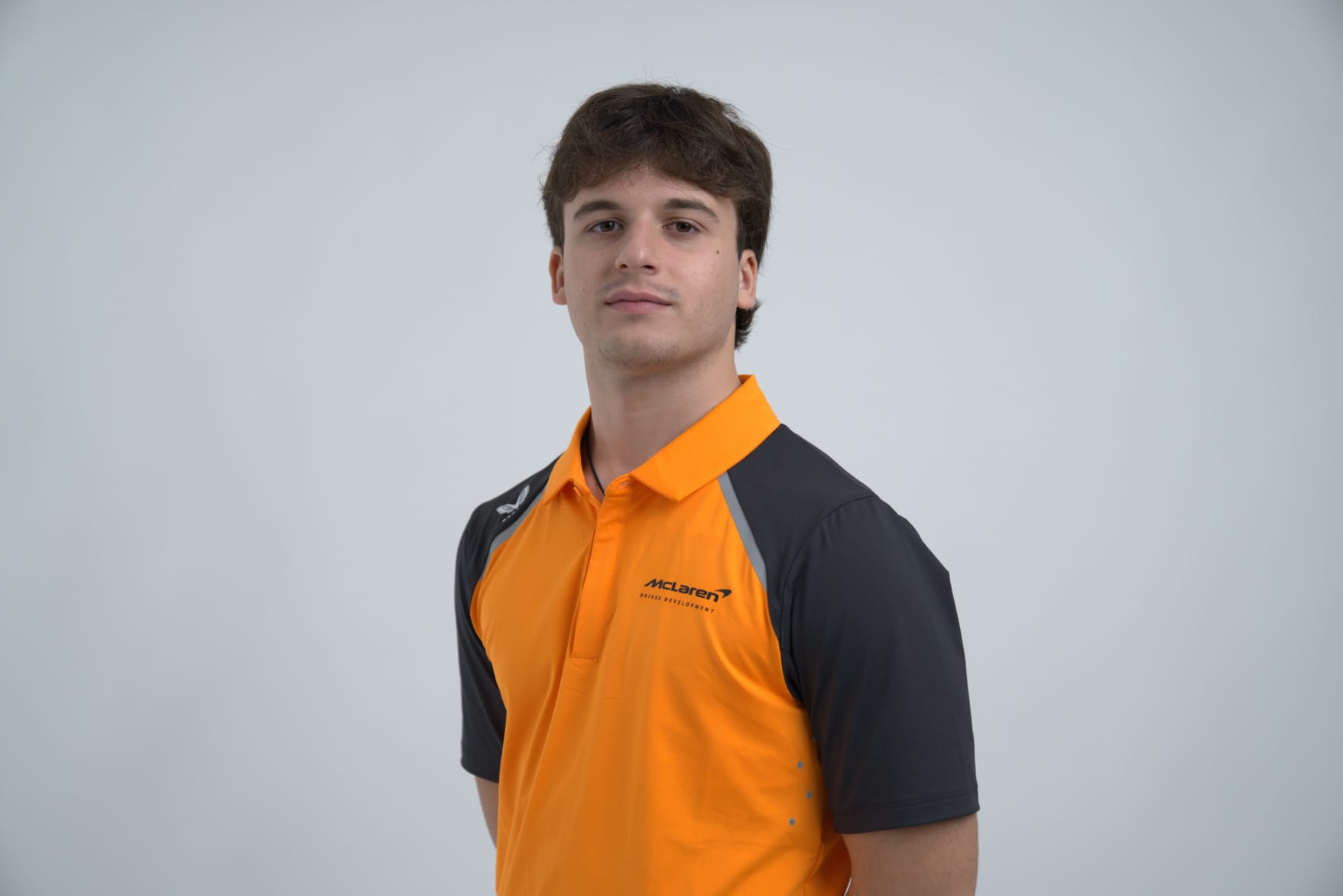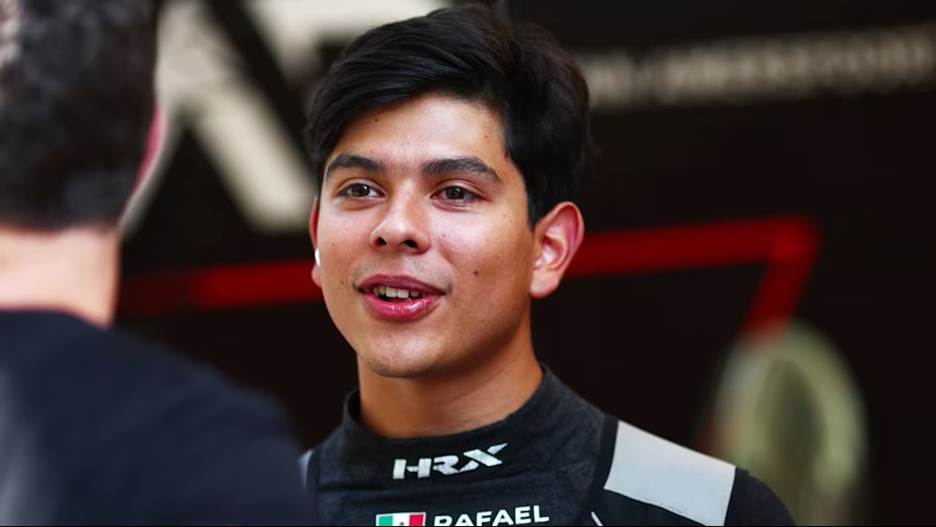After a disappointing weekend in Spain, Esteban Ocon is back in points-scoring position at the Canadian GP. The Haas driver put together a clinical drive, especially during the second half of the race. A long run into the clean air saw him finish P9, scoring two points for himself and the team.
That was courtesy of the Lando Norris crash, which took the Briton out of the running 4 laps before the chequered flag dropped.
Nevertheless, Ocon rated his race very highly, going as far as dubbing it a ‘perfect execution’. The Frenchman praised himself for choosing the right moments to push and the moments when the tyres needed nursing.
At the same time, Ocon lauded the team for finding the right balance and the set-up. The strategists, meanwhile, brought him in for the final stint in the perfect window, leaving Ocon in the right clean air to push the car until the finish line as he pitted with 13 laps remaining.
“It’s the way we try and set up the car to protect one axle or the other. But also the way I’m quite careful every corner about how much I’m pushing the tyres and when I have to push them,” said Ocon in the F1 Canadian GP print media pen. “When I feel it’s fine, I can really push them. It’s the moment to put the hammer down, I do it. But I know it will be costing something.”
“It was a perfect execution,” he further elaborated. “I had free track ahead. It was very clear that I was looking great. I could do consistently good lap times and build on the lap before and improve the little things on the driving that I had to do.
“You never know until you box where you’re going to be. But when I boxed, I saw where I was and I was like, :yeah, that was a good stint.'”
It wasn’t all easy sailing for Ocon, though. Starting the race in P14, the #31 driver had Haas teammate Ollie Bearman starting ahead in P13, and the likes of Carlos Sainz in P16, ready to pounce on the first opportunity. Therefore, it wasn’t easy to gauge how aggressive Ocon could afford to be in the initial phases of the race.
“It was extremely long, it was not an easy race or a clear-cut strategy that was definitely going to be preferred, especially at the beginning of the race,” emphasized Ocon.
“But really well done to the team to make it happen and cover both grounds overall because today it really worked out. We maximised the clean air pace that we had in the car and it was getting better lap after lap. But it was not easy because we had to fight in the beginning of the race all the way through. And to keep the tyres under control is not an easy thing in that sense.”
Ocon further talked about another positive takeaway from the race. That was the VF-25’s race pace, which the Frenchman believes matched Williams, if not quicker.
Ocon reveals what held him back at the F1 Canadian GP
Haas started the season on a high with 10 points courtesy of Ocon’s P5 finish in the second round in China. However, it has since then had inconsistent results. Ocon’s results in Monaco and now at the Canadian GP indicate that the team is on the right track with their upgrades.
Unfortunately, Haas engineers have failed to find a solution to their poor qualifying pace. On several occasions, their drivers are left to do the heavy lifting through better race pace, undoing the poor result in qualifying. That, as per Ocon, remains unresolved.
“It looks like people are using something else in the straight line. And in qualifying especially, it looks like people are a lot quicker than us in straight line,” said Ocon. “And that’s where we lose quite a bit in qualifying. Once we’re in race trim, that difference disappears or reduces.”
“I’m not going to say it disappears overall, but it reduces. So we get closer to the others. I think definitely we need to work on that in qualifying pace. But the race pace has definitely been stronger than our one-lap times.”





